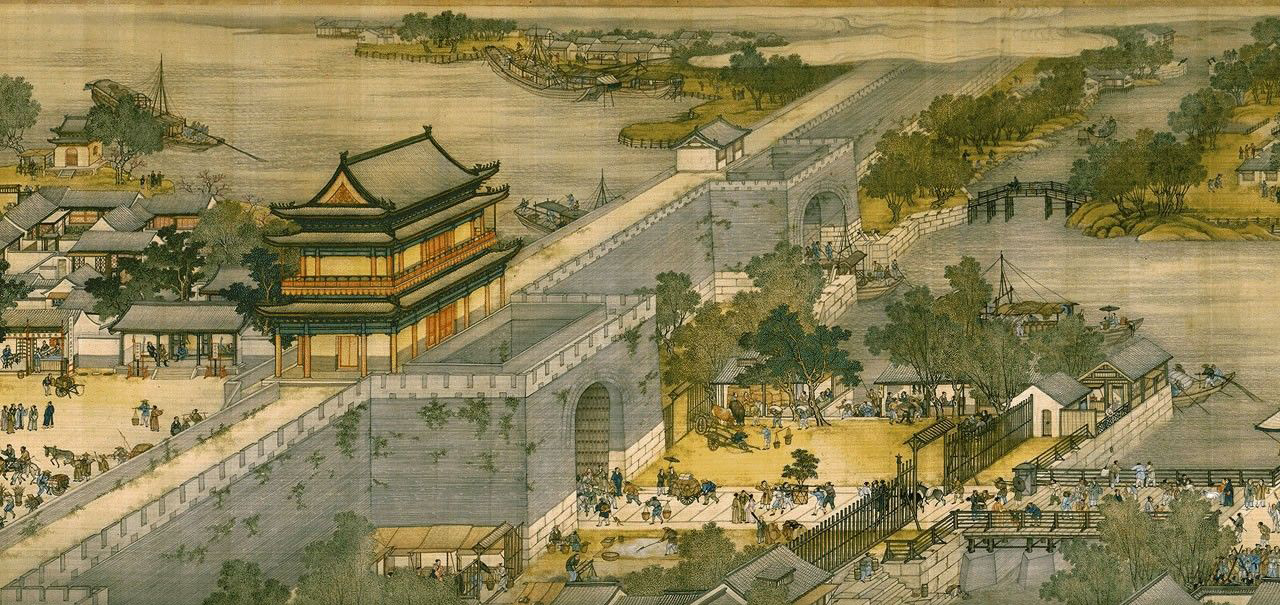Top 10 Chinese paintings (I): Along the River during the Qingming Festival

Along the River during the Qingming Festival
Editor’s note
Because of their delicate images and skillful techniques, many ancient Chinese paintings continue to be showcases to this day and are regarded as national treasures. Artists and critics throughout time have compiled many lists of top Chinese paintings that exemplify their unique style. In the following series, we’ll introduce “Top 10 Chinese paintings” selected by the State Administration of Cultural Heritage and distinguished experts. Although China’s famous paintings number more than 10, the “Top 10 Chinese paintings” represent the essence of Chinese art.
The earliest version of Along the River during the Qingming Festival was painted by the artist Zhang Zeduan in the Northern Song Dynasty (960-1127) and is now preserved in the Palace Museum in Beijing. Roughly 25 centimeters high and 529 centimeters long, the painted scroll captures the rich scenery and natural landscapes along the shores of Bian River in the Northern Song capital Bianliang, which was located near modern-day Kaifeng in Henan Province.
The composition of the scroll adopts a technique of scattered perspective to tie together complicated scenery into this multicolored picture. The picture can be generally divided into three sections that respectively depict the rural spring scenery in Bianliang, the wharf of the Bian River and busy urban streets.
In the painting, people wear a variety of clothes and display different facial expressions as they participate in an assortment of activities that are representative of life in the era. The whole composition is compact and well organized, and the use of colors and ink is masterful.
But controversy still exists within the academic community with regard to the painting’s title. Many dispute the literal meaning of “Qingming,” which could refer to Qingming Festival or it could also mean “peace and order.” And to what does “the River (in Chinese, shanghe means the upper river)” truly refer?
The geographic location of shanghe is relatively easy to understand. In the Northern Song Dynasty, Bian River and Cai River were the main waterways for transporting grain and commodities to the capital Bianliang. Shown on the map, Bian River is located on the north or the upper side, which explains why Bian River is also called shanghe or the upper river. So it is true that the scroll shows the landscape along the Bian River.
But the literal meaning of “Qingming” is the subject of fierce debate. Most people insist that “Qingming” refers to the Qingming Festival in the early spring because the way in which the trees are depicted in the picture shows an early spring is coming. Moreover, the picture displays a small bouquet of flowers perched on the sedan chair and a shop selling sacrificial offerings that corresponded to the customs of the Qingming Festival.
In addition, another meaning of “Qingming” is to describe the authorities as honest and virtuous. Specifically, the painter dedicated the scroll to Emperor Huizong of the Song Dynasty to celebrate the peace and prosperity under the emperor’s reign.
